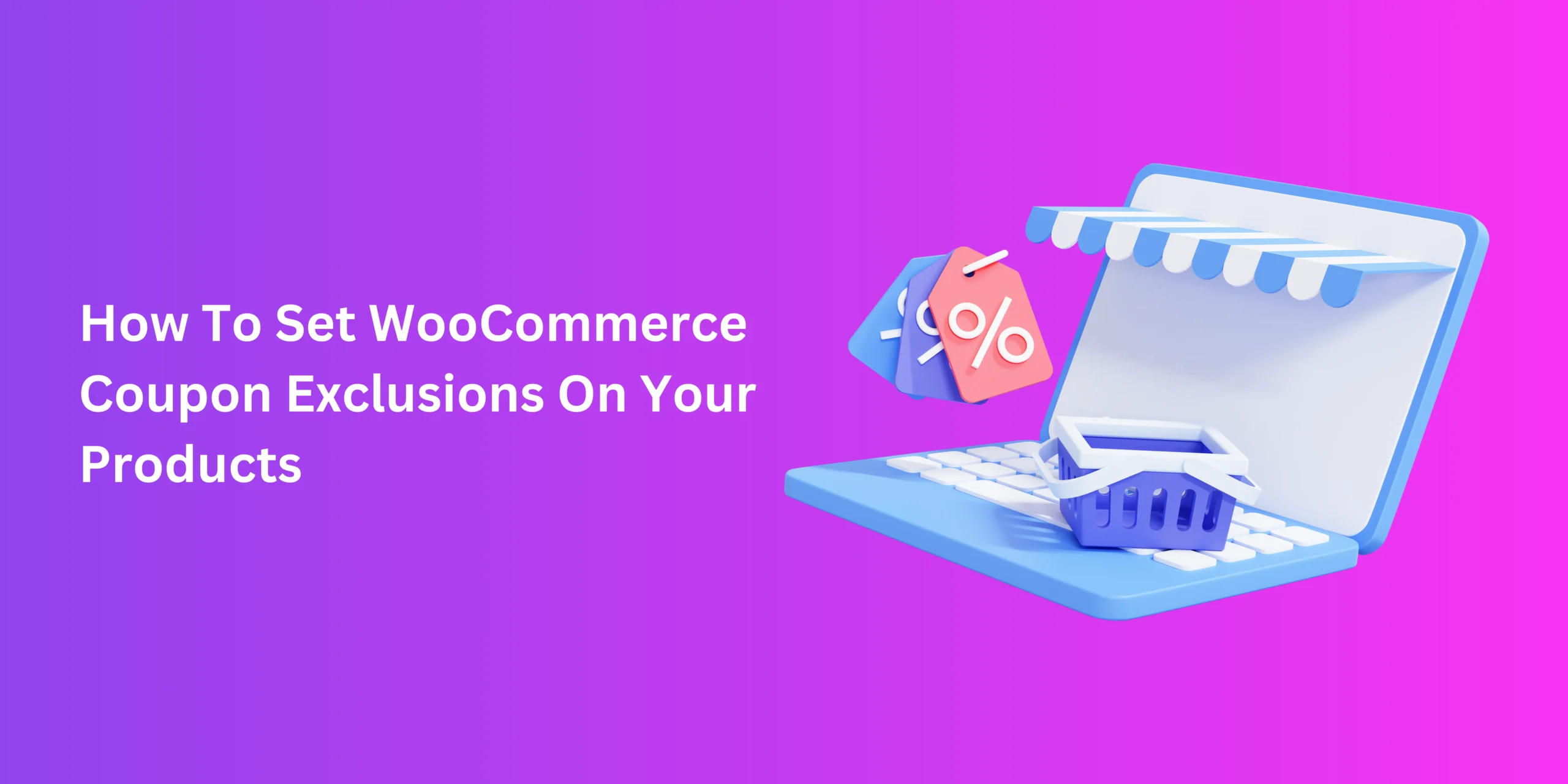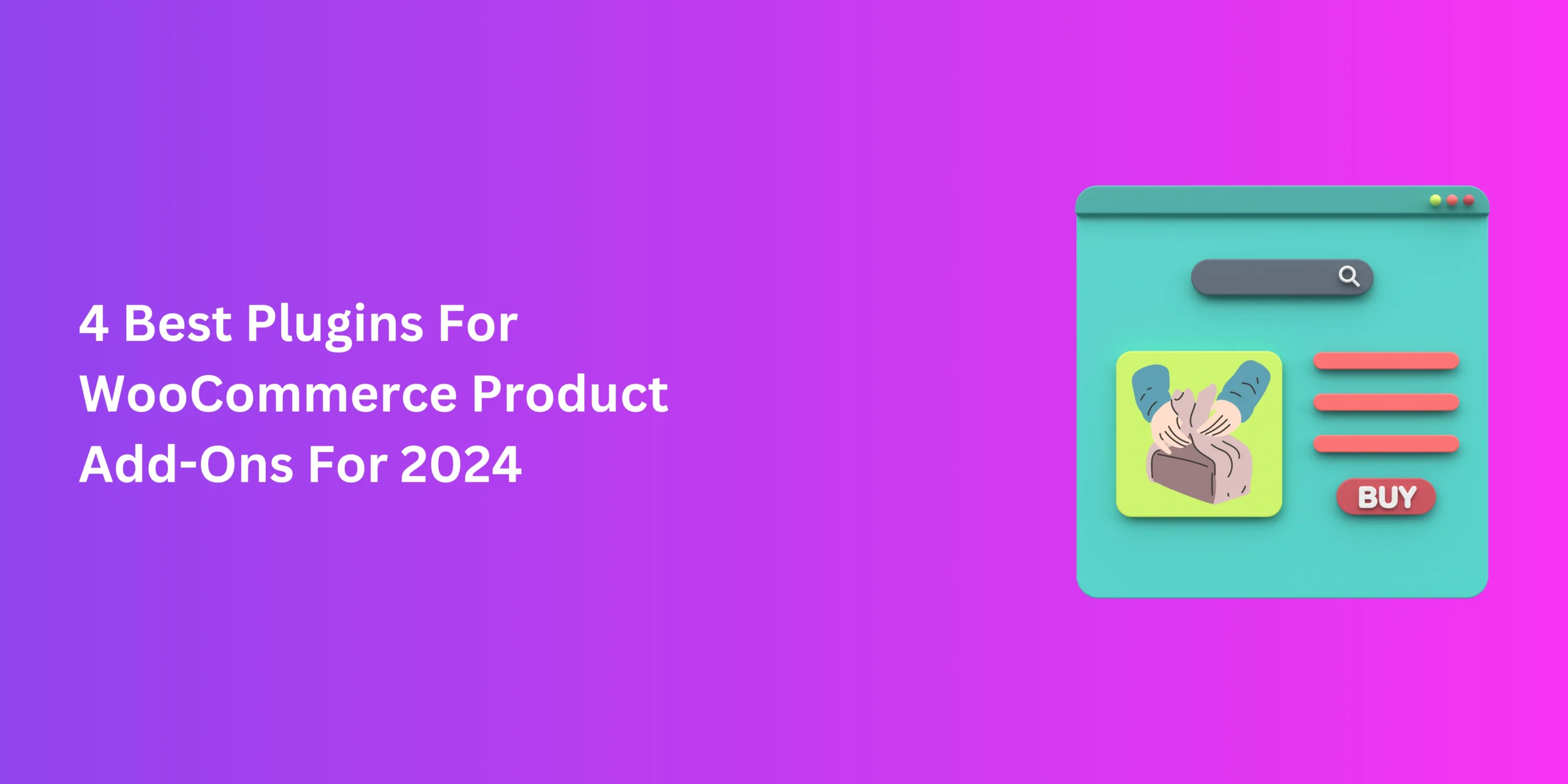In the struggle to win over customers, transparency is one of the things that can make or break online businesses. Normally, a lack of transparency is most evident when setting up billing fields. It’s worth remembering that the next time you’re optimising your checkout page with a reliable WooCommerce checkout manager.
To address this issue, it’s worth focusing on a key section of checkout, i.e. the price fields. These fields allow you to set up product rates and custom pricing rules. That might seem like a fairly straightforward step for setting up a retail business, digital or otherwise. But the truth is that price fields can be a more strategically influential part of checkout than many realize.
What Sets Price Fields Apart In Checkout
Price fields have a straightforward role in checkout: to institute product prices and determine the total cost of an online purchase. This includes the wholesale or retail price of a given item, plus eligible taxes and shipping charges.
Aside from the standard price field, you can also choose the “price type” for each product. WooCommerce users have a few options, including
- Fixed prices
- Percentage of cart contents total
- Percentage of subtotal
- Custom
A cart total refers to the complete overall charge of a purchase. Meanwhile, a subtotal is just part of that, usually the total price of the cart contents minus tax and shipping. “Custom” price fields allow buyers to pay a bespoke figure. This is for unique cases like bidding, donations, or tips.
However, it’s not just the simple setting of prices that makes price fields necessary. When used correctly, their benefits extend beyond that, as we’ll examine.
Common Pricing Fields Applications And Benefits
Data Collection And Transparency
At their core, price fields have the same important role in checkout as other fields. The data that pricing fields provide useful analytics and insights into custom behaviour and preferences. Plus, they ensure transparency in terms of billing, taxes, and shipping costs. This makes them valuable for personalization purposes and combating cart abandonment.
Dynamic Pricing
With dynamic pricing, businesses can keep prices up-to-date with market conditions and customer demand, while maintaining competitive rates. The resulting flexibility helps businesses compete more effectively while maintaining profitability.
Creating Bundles
Like upselling or cross-selling, bundles offer businesses a simple way to increase average cart totals and order values. Plus, by providing buyers to pay for multiple items in a single transaction, price fields contribute to user experience.
Price Comparisons
Straightforward pricing information can help buyers compare prices across products. Comparison shopping helps buyers make more informed choices when shopping online, lowering the chances of cart abandonment.
Promotions and Discounts
Rewarding long-time or returning customers with financial perks or FOMO is always a winning e-commerce strategy. By effectively leveraging price fields, you can integrate discounts and promotional pricing into your checkout page. By marketing the urgency of these deals, you can increase customer satisfaction and strengthen conversions.
How To Set Up Price Fields In WooCommerce Checkout
If you have installed and activated the Checkout Field Editor for WooCommerce, setting up pricing fields is a cinch.
- Through your WooCommerce Admin Panel, locate the checkout plugin.
- If you’re adding a new price field, click on “Add New Field”. To adjust an existing field, simply click on “Edit” on the far right of the corresponding field.
- Set up price details like value, type, taxable status, and tax class.
- Click on “Save changes”.
Best Practices For Setting Up Price Fields
As easy as they are to implement in WooCommerce, strategically placed price fields can be a valuable asset to your checkout page. The following are some useful tactics to achieve maximum benefit from them.
Stick To Necessary Fields
To preserve user experience and the simplicity of your form, only stick to the essential fields and keep optional add-ons to a minimum. Fewer fields make for a quicker and more straightforward checkout process, which many buyers prefer.
Avoid Opaque Charges
Hidden charges are known to fuel higher rates of cart abandonment in WooCommerce. Utilize pricing fields to explicitly and categorically display the complete costs, from wholesale rates to shipping and tax. Use conditional or drop-down fields to do so without crowding your forms.
Use Translation And Currency Changing
Catering to overseas buyers in their own language and currency is a proven way boost conversions and sales. Quality WooCommerce checkout manager plugins should offer compatibility with multilanguage and currency conversion tools like WPML. Use this feature to interpret crucial price fields for non-English speaking buyers.
Highlight Key Pricing Details
Use prominent text and colour features to help key pricing details and vital store policies stand out. Drawing attention to crucial fields or those promoting discounts or special offers make the woocommerce checkout experience more dynamic and conducive to a better customer lifetime value.
Conclusion: Woocommerce checkout
Price fields are the dark horse of the WooCommerce checkout experience. They may seem like a blanket necessity for ensuring payment, but they can provide so much more. They’re your ticket to superior personalization and higher conversions. So, elevate your customer service by understanding their core purpose and how to make the most of them.




